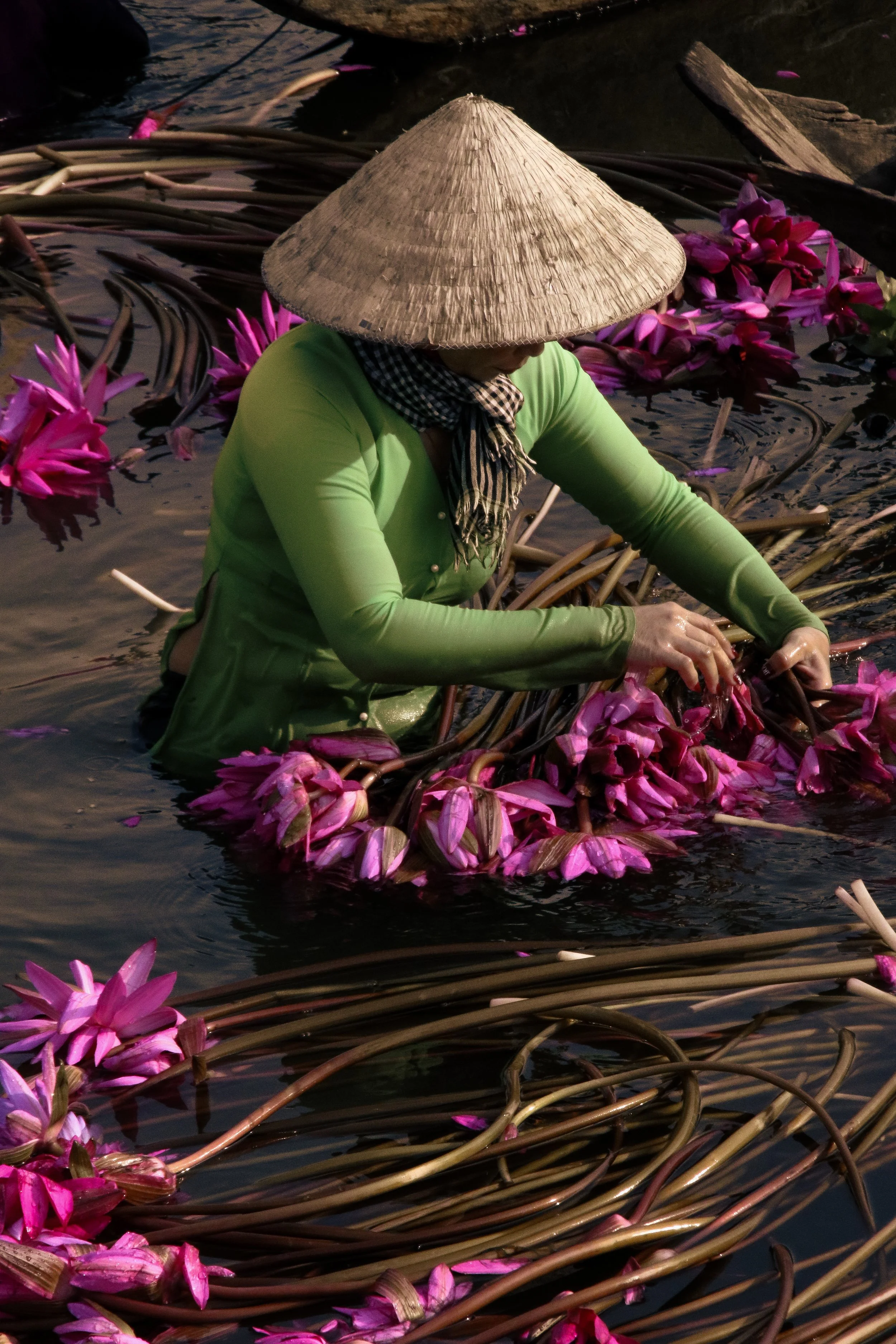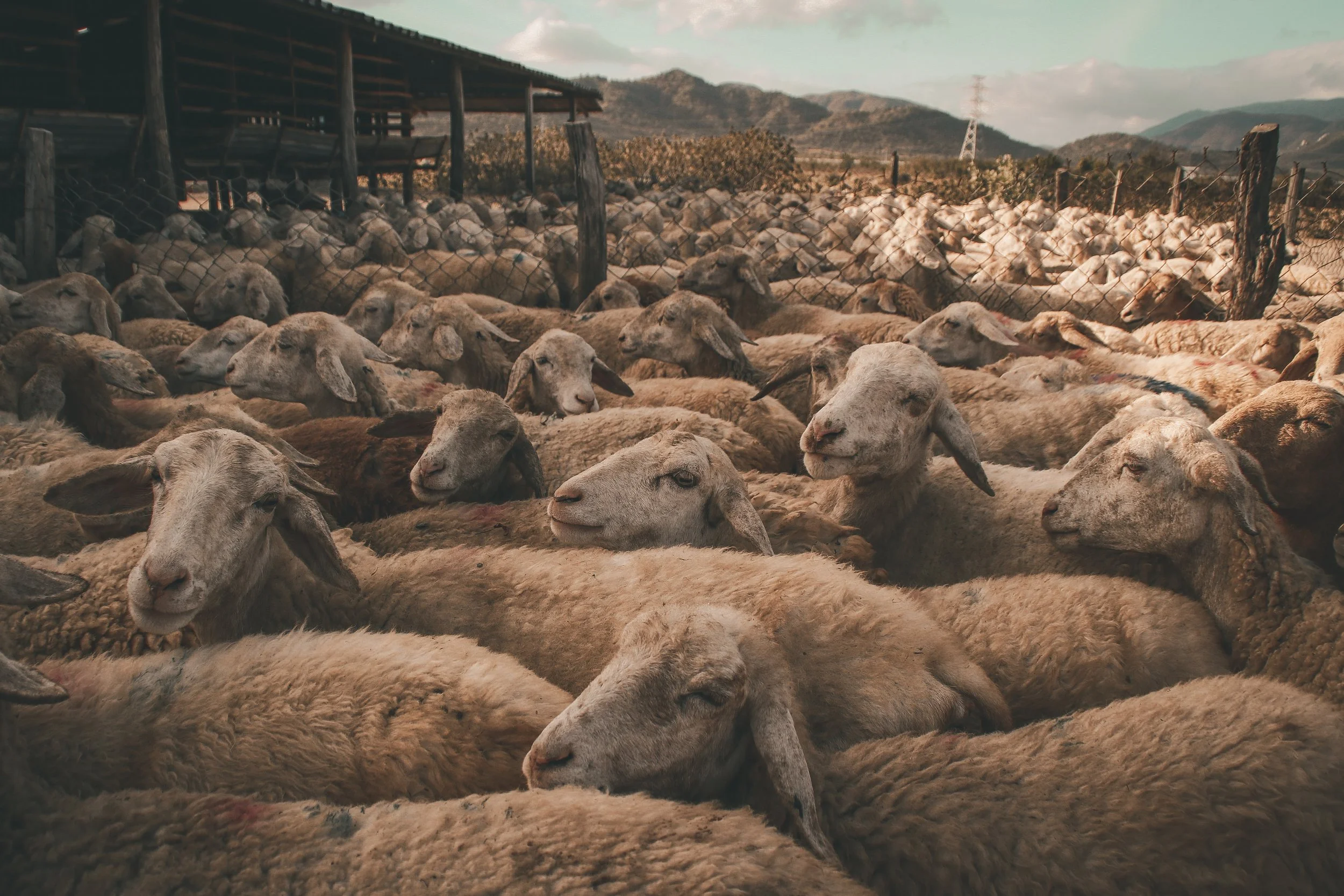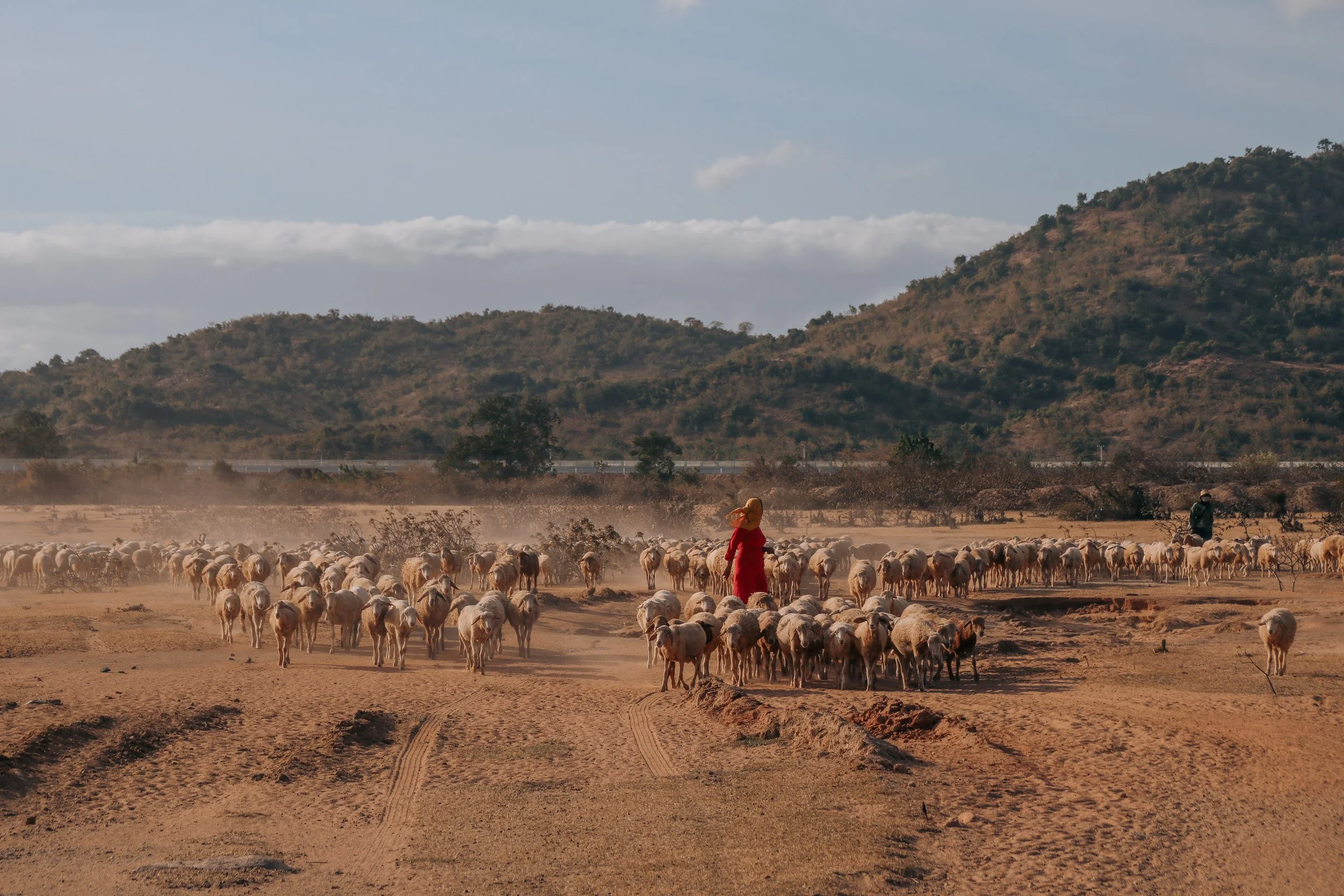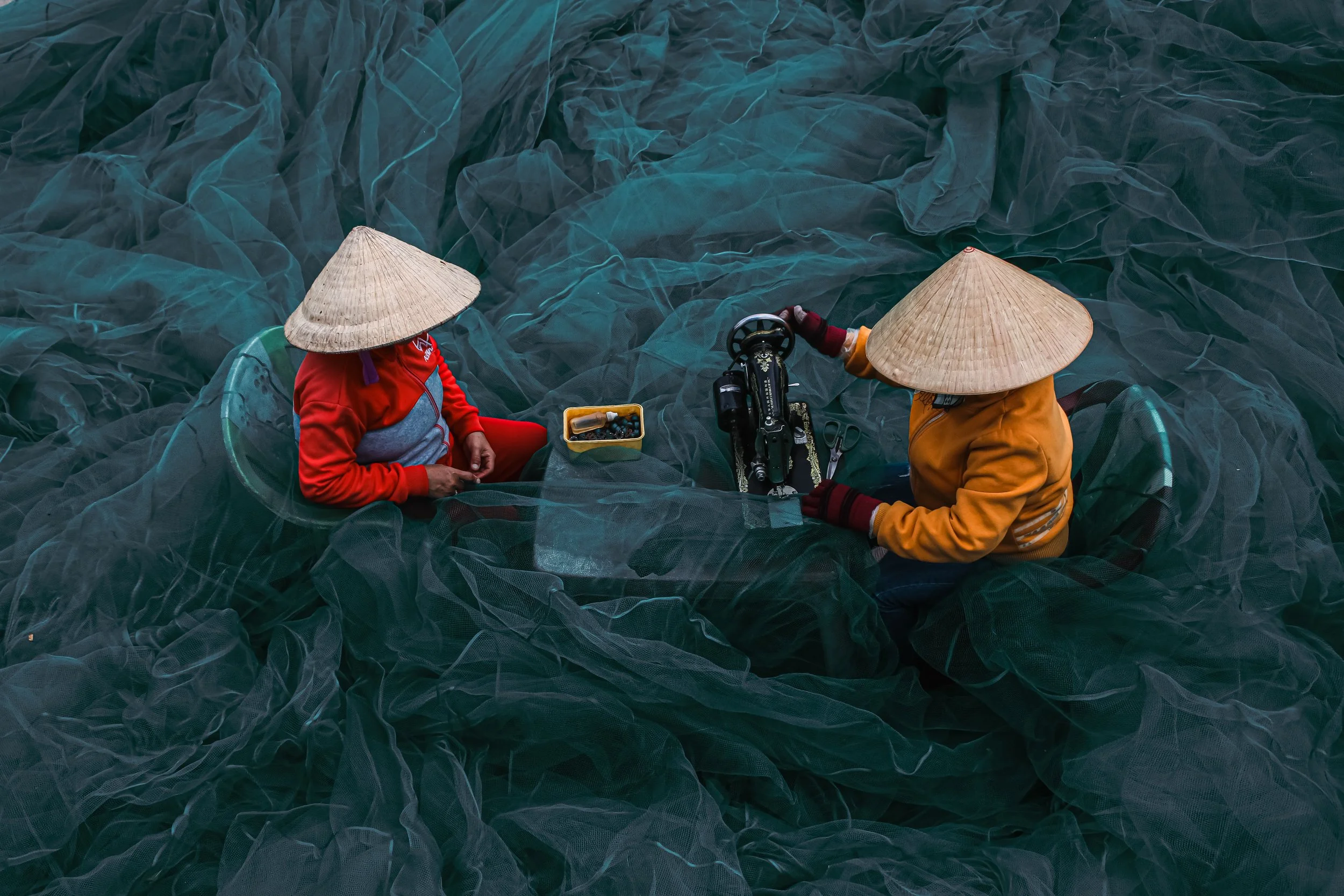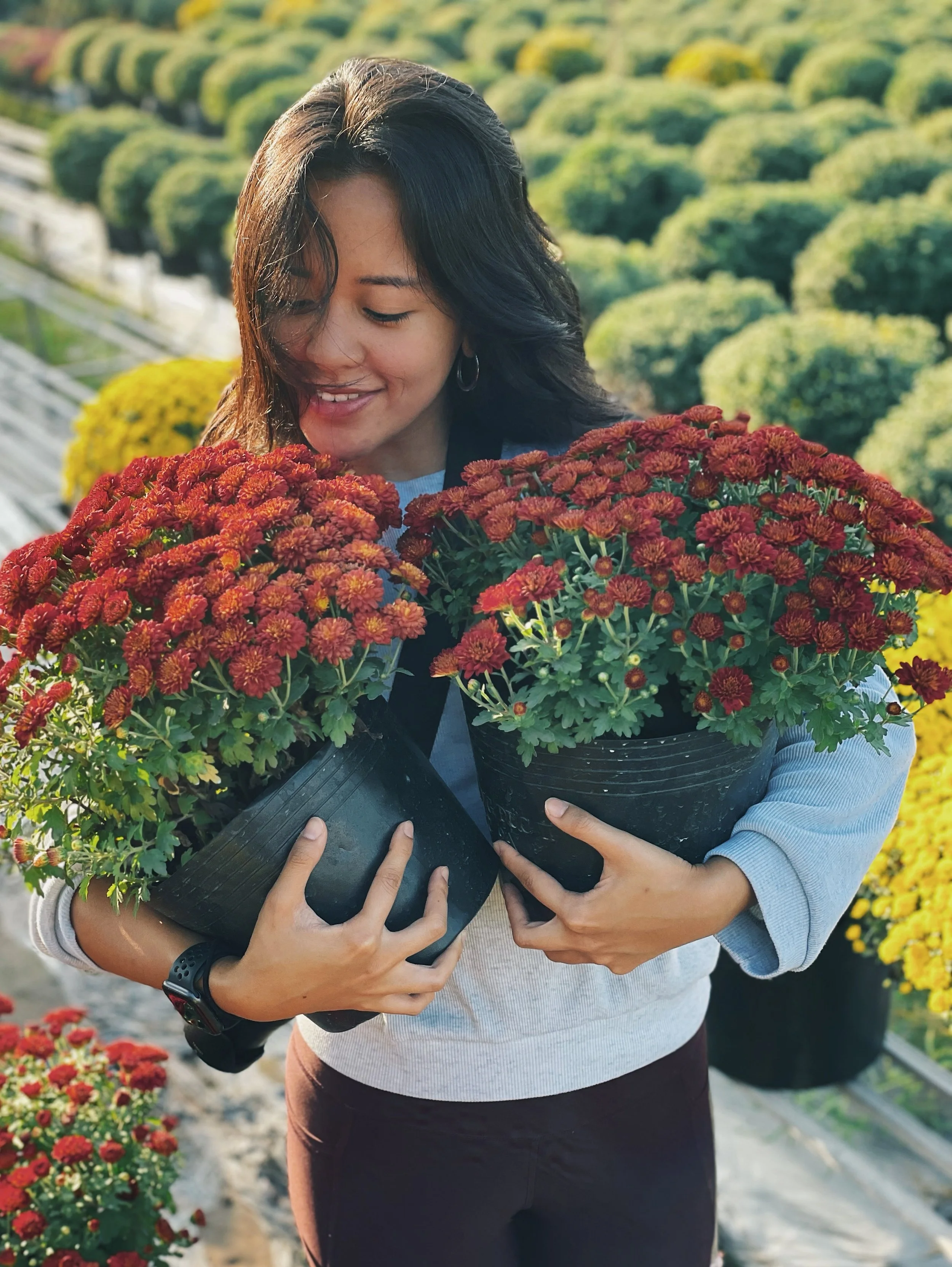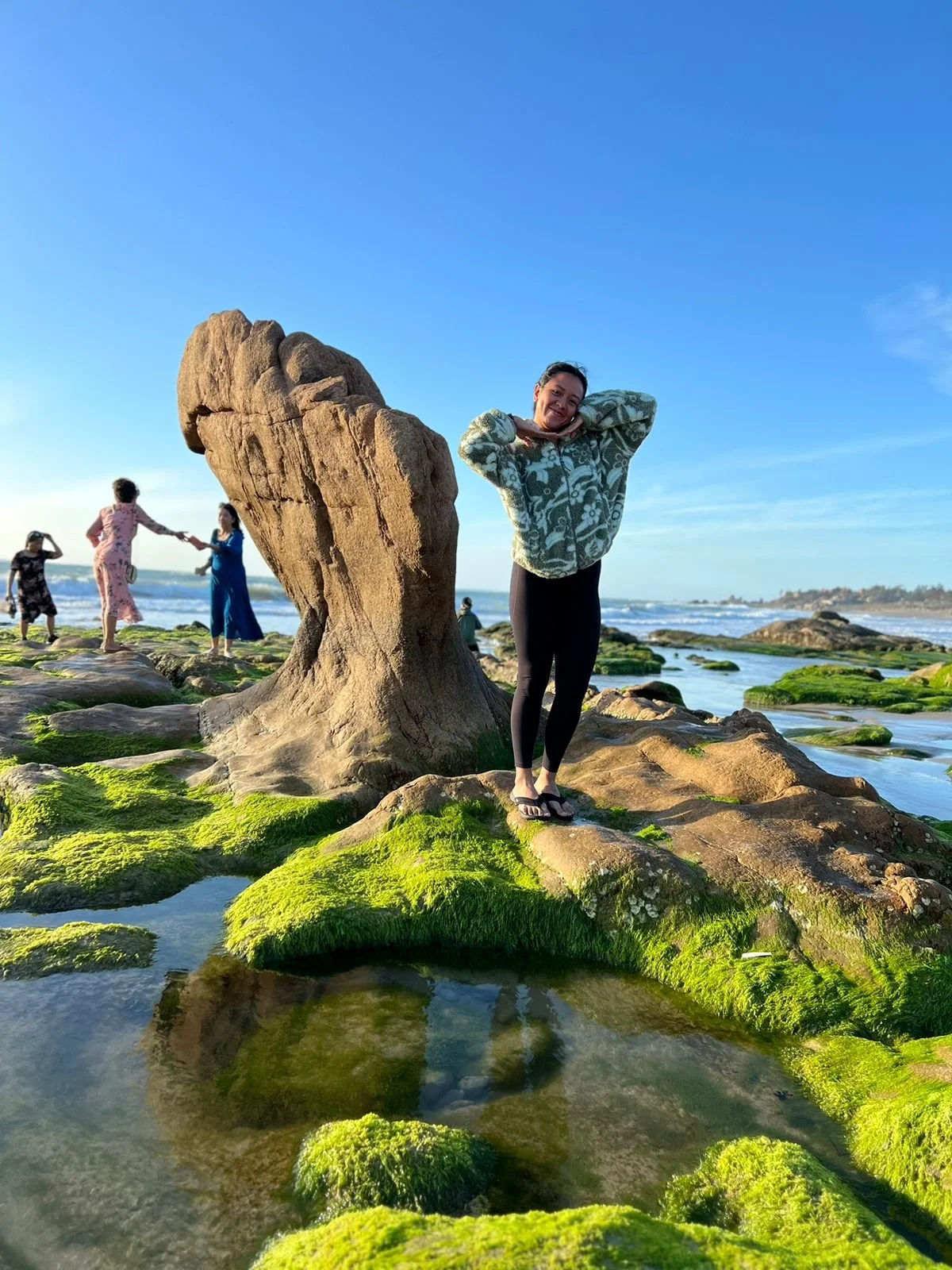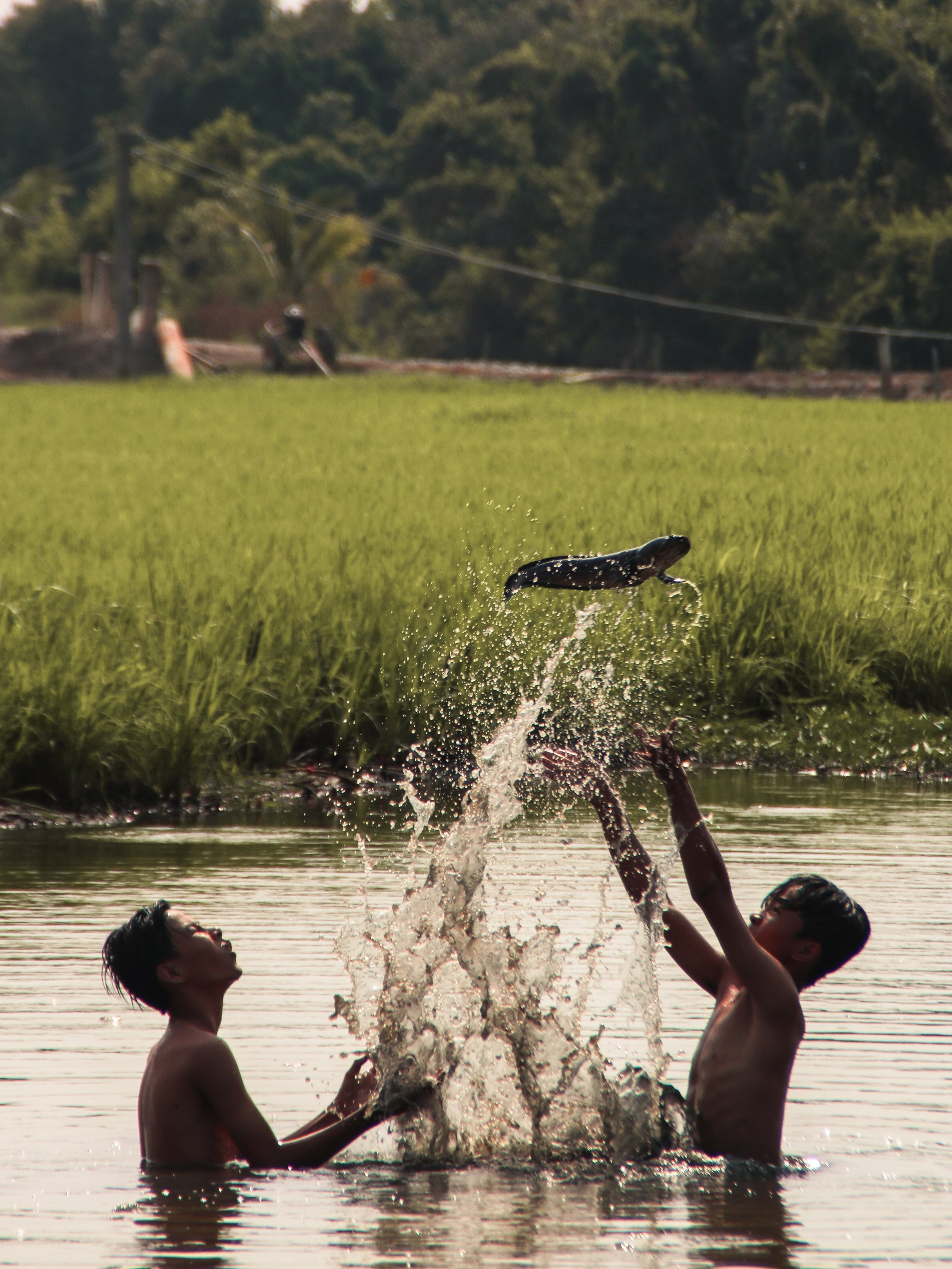Seven Days in Vietnam: Beyond the Auto Mode
The first time I set foot on Ho Chi Minh City’s tarmac, the air was thick with humidity and the faint tang of exhaust, my camera swinging awkwardly around my neck. I didn’t fully understand it, not really. I could frame a scene, chase light, feel the pulse of a moment—but shutter speed, aperture, ISO? Those were mysteries I’d tiptoed around for years, adjusting knobs here and there, hoping for magic.
I was in Vietnam for my first photography workshop with Zay Yar Lin, a National Geographic photographer whose work I had long admired, and whose teaching promised the kind of immersion I’d been seeking for years. My first assignment, photographing women cleaning water lilies in Long An, made my inexperience clear in an instant. The other photographers moved fluidly around the pond, adjusting settings with an ease I envied. I paused, raising my camera, unsure of exposure, depth, or the right shutter speed to capture the subtle interplay of light on leaves. I turned to Zay with tentative questions: “Should I raise the ISO?” “How can I isolate this bloom without losing context?” His answers were patient, measured, and steady, and for the first time, I began to see learning not as a gap I needed to bridge but as a path to discovery.
I had come to this workshop for reasons that felt obvious then: to deepen my technical skills, to move beyond years of semi-learned habits, and to immerse myself in documentary work that sought the stories behind everyday life. But I had also come to be among others who understood why these stories mattered, whose eyes lit up at the same visual challenges, whose presence reminded me that creativity is, at its heart, a shared pursuit.
From Curiosity to Intention
By the third day, my embarrassment began to dissolve into intention. Zay walked me through the camera fundamentals: Aperture controls depth and light, shutter speed freezes or blurs motion, ISO measures sensitivity. And most crucially, these three elements speak to each other constantly. There is no “right” setting, only choices aligned with your vision.
We went to Bau Truc Village for a portrait session, and I began to see this in practice. I watched an artisan shape clay with hands honed by years of practice, and I began to see how technical choices could shape the story I told. A fast shutter speed could freeze the tension in each movement, capturing the precise moment of strain and focus, while a slightly slower speed conveyed the fluid rhythm and grace of her work. I experimented with different combinations of ISO and aperture, adjusting for light, depth, and mood. At the end of the session, my colleagues and I shared our favorite shots, and I was struck by how varied our images were — each frame telling a different story of the same subject. It became clear to me that photography isn’t about perfection. It’s about deliberate choice, and the intention behind every decision is what gives an image its meaning.
By the afternoon, we had moved on to a sheep farm, an entirely different challenge. I found myself standing on the back of a slowly moving pickup truck, camera in hand, as a shepherd guided the flock across rolling fields. The ground beneath me shifted with every turn, the sun casting shifting patterns of light across the sheep’s wool and the landscape beyond. I had to make decisions quickly — adjusting shutter speed to capture movement without blur, choosing angles that highlighted both the shepherd and the flock, and balancing exposure as the light changed with every passing cloud. It was chaotic and exhilarating, a lesson in trusting instinct while staying mindful of technical choices. In those moments, I realized that manual settings were not just rules to follow — they were tools to respond in real time, to shape a story even amid motion and unpredictability.
Seeing from Above and Beyond
Mastering the mechanics of my camera was one thing, but learning to truly see was another challenge entirely.
At a fishing village, I climbed a tall ladder to photograph the intricate patterns of fish nets being laid out by the fishermen. Others relied on drones for aerial perspectives, but being physically above the scene forced me to negotiate height, balance, and timing, while also thinking about light, shadow, and composition. From that vantage point, I noticed shapes and rhythms I would have missed at eye level like the geometric precision of the nets, the hands moving in unison, the subtle curves of the shoreline catching the late afternoon sun.
Later, at the sand dunes, we spent hours scouting for the right light, battling gusts of wind that carried sand in every direction. It was exhausting, and my camera became coated in grit almost immediately. Yet standing there, squinting against the wind, I realized how much a photograph relies on patience and presence. Every shot required calculation.
Through these experiences, I learned that perspective isn’t just a choice of lens or angle — it’s a commitment to position yourself, sometimes uncomfortably, to witness a moment fully. The view from above, whether on a ladder or atop a dune, taught me that the physical act of seeing shapes the story as much as the technical settings on the camera. I’d imagined documentary photography as more of a reflex, or luck. But in truth, documentary photograph opportunities are meticulously orchestrated. We all scouted locations, observed shifting light, visualized composition, and considered context long before the camera clicked. Every “decisive moment” I’d admired in published work was preceded by hours of invisible preparation.
Lessons Carried Forward
By the end of the week, I knew my camera. I moved with intention, found angles that told real stories, and saw the planning behind images that once seemed effortless. Patience wasn’t a luxury—it was the currency of meaningful work. The photographers who had intimidated me weren’t faster or luckier; they stayed longer, watched closer, and cared more. Now, every time I lift my camera, I remember: photographs aren’t just taken — they’re discovered. And in that deliberate presence, I find a quiet joy that lasts long after the shutter clicks.




